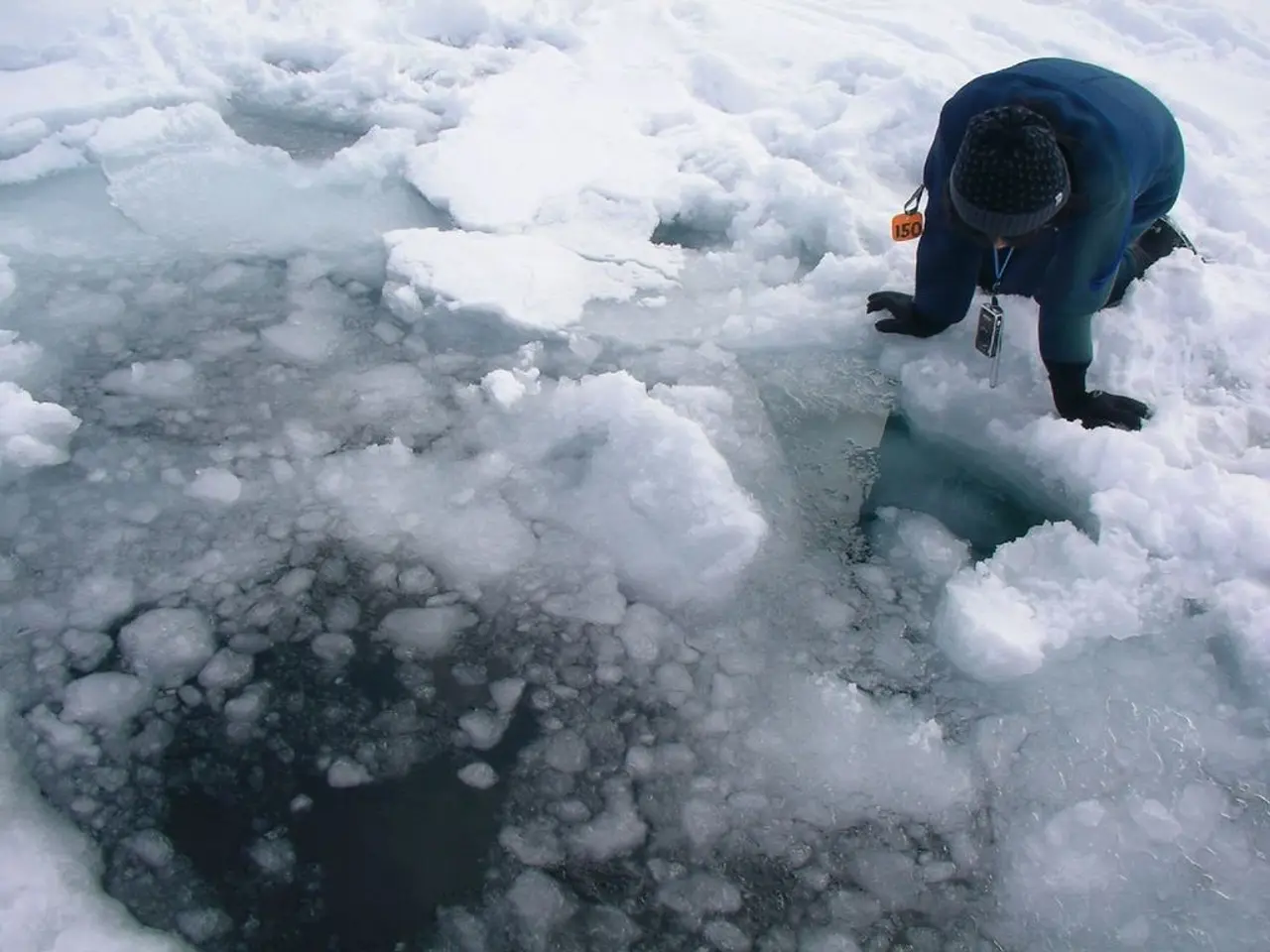Knee Coldness: Identifying Causes, Treatment Options, and Further Information
Cold Knees: Understanding the Connection to Osteoarthritis and Knee Injuries
Cold knees can be a common issue for individuals suffering from osteoarthritis (OA) or knee injuries such as ACL tears. This sensation is often linked to reduced blood circulation, nerve sensitivity, inflammation, and stiffness, particularly worsened by cold weather.
In the case of osteoarthritis, joint cartilage gradually wears down, leading to pain, stiffness, swelling, and sometimes a sensation of coldness due to reduced blood flow and inflammation in the joint area. Morning stiffness and worsening symptoms during cold or damp weather are common because cold temperatures slow blood flow and thicken synovial fluid, impairing joint lubrication and increasing stiffness.
For knee injuries such as ACL tears, old injuries may cause cold or aching sensations in the knee due to scar tissue, damaged cartilage, or weakened ligaments becoming more sensitive to cold. Reduced blood circulation and colder temperatures cause nerve endings to become more sensitive, and surrounding muscles tend to stiffen, increasing joint discomfort.
Other contributing factors for cold sensations in the leg/knee area include peripheral artery disease (PAD) with narrowing of arteries reducing blood flow, nerve issues like neuropathy or sciatica, hypothyroidism, or anemia. However, these are systemic causes and may not be directly related to osteoarthritis or ACL injuries.
Treatment Options
For osteoarthritis, non-surgical approaches like physical therapy, which includes range of motion exercises and muscle strengthening to improve knee function and reduce pain, are often recommended. Heat (warm baths, hot packs) or cold therapy (ice packs) can help relax muscles and increase circulation or numb pain and reduce swelling, depending on individual symptom patterns. Medications such as paracetamol, topical anti-inflammatory gels, or NSAIDs may be used for pain relief, but should be used cautiously due to side effects. Complementary therapies like acupuncture, tai chi, yoga, and certain supplements may help some people manage symptoms but should be discussed with a healthcare provider.
For ACL injuries and old knee injuries, rest combined with physical therapy focusing on strengthening surrounding muscles and improving knee stability is essential. Infrared therapy and gentle stretching can help maintain mobility and reduce chronic pain exacerbated by cold weather. Addressing the underlying injury through surgeries or advanced orthopedic care may be necessary if instability or severe pain persists.
General Advice
Keeping warm, staying active, and avoiding prolonged exposure to cold temperatures can help decrease cold sensations and stiffness. If cold knees are persistent or accompanied by other symptoms such as numbness or discoloration, it is advisable to consult a healthcare professional to rule out vascular or neurological causes.
In summary, cold knees in osteoarthritis and ACL injury contexts primarily stem from impaired circulation, inflammation, nerve sensitivity, and stiffness, especially aggravated by cold weather. Treatment involves a combination of physiotherapy, heat/cold modalities, pain medications, and sometimes complementary therapies tailored to individual needs. A physical therapist can provide a unique exercise program based on individual needs to help increase knee strength and flexibility. It is crucial to speak with a medical professional for further information about what can cause cold knees and receive an accurate medical diagnosis and treatment plan, if necessary.
Read also:
- Eight strategies for promoting restful slumber in individuals with hypertrophic cardiomyopathy
- Exploring the Strength of Minimally Digestible Diets: A Roadmap to Gastrointestinal Healing
- Secondhand Smoke: Understanding its Nature, Impact on Health, and Additional Facts
- Overseeing and addressing seizure-induced high blood pressure complications in pregnancy, known as eclampsia





